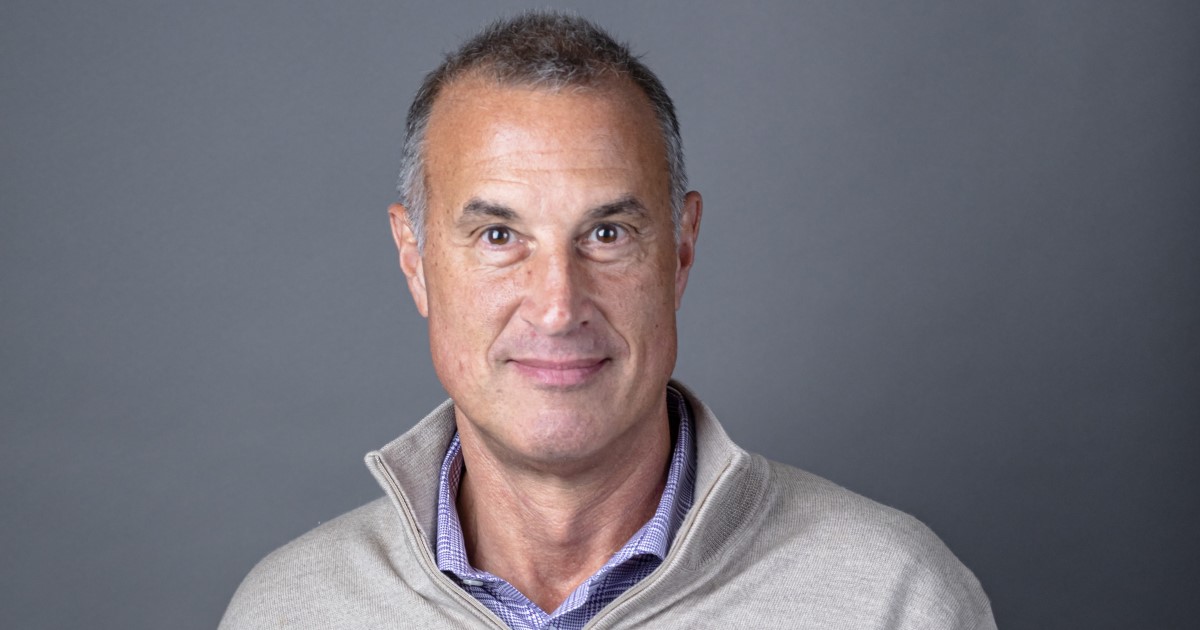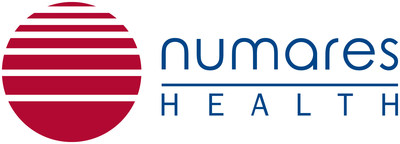[ad_1]
Digital health technologies are hot as the sun today. Healthcare provider organization CIOs and other health IT leaders are studying and implementing these technologies to improve the patient and provider experiences and hopefully boost patient outcomes.
Marcus Perez is president of Altera Digital Health, which offers health IT designed to enable clinicians at hospitals and large physician practices to spend more time with patients and less interacting with technology.
In May 2022, N. Harris Computer Corporation, a wholly owned subsidiary of Constellation Software, purchased Allscripts Healthcare Solutions’ Hospitals and Large Physician Practices business segment. The segment now operates as Altera Digital Health, a business unit of Harris Healthcare.
We spoke with Perez to get his predictions for digital health in 2023. He chose to speak about the future of cloud technology for improved patient care, use of human-centered design to create more efficient workflows for clinicians, and the need to get back to basics and simplify technology in healthcare.
Q. You predict that cloud technology will drive improvements in patient care in 2023. Where and how?
A. Cloud technology offers hospitals and large physician practices the flexibility to access patient data when and where they need it. Some of this technology is already in place, as noted by the expansion of telemedicine throughout healthcare in the first quarter of 2020 with the coronavirus pandemic.
Now, patients are used to remote care and receiving direct input on their health status from their clinicians in that manner. The number of physicians using telehealth grew from 14% in 2016 to 80% in 2022, according to results from the AMA Digital Health Study 2022.
This massive growth demands that physicians have access to complete patient data so they can build personalized care plans for their patients.
The next chapter, as we continue the transition to cloud-supported electronic health records, will come down to timing. According to the BDO 2021 Healthcare Digital Transformation Survey, 78% of respondents said their organizations had deployed cloud technology, and 20% said they were planning to do so.
Looking ahead to 2023, the adoption of cloud computing will continue. There is tremendous value in improving wellness, reducing the cost of care and ensuring a patient’s continuity of care.
The migration by hospitals and large medical practices from a traditional IT infrastructure and software to a cloud-based system takes place today in industries such as travel, banking and online purchases. Hospitals and large medical practices have found that cloud technology simplifies operations, secures data and reduces expenses, which are practical factors in improving overall management within healthcare organizations.
This data also is valuable as healthcare organizations manage at-risk patient populations.
For example, a patient with diabetes typically sits down with their physician or a diabetes nurse educator to review blood-sugar levels over time. These levels are typically captured in an app using Fast Healthcare Interoperability Resources (FHIR).
Both patients and clinicians access this information through cloud technology, which enables the clinician to review data with the patient to adjust insulin or diet for better diabetes management.
This is just one example of chronic disease management, but the technology behind this and other patient care interactions will advance cloud computing in healthcare.
Q. You also suggest that the use of human-centered design to create more efficient workflows for clinicians will grow in 2023. What forces will drive this growth, and why will growth be important?
A. Clinicians themselves will drive the growth of human-centered design (HCD) to avoid burnout, manage staffing shortages and improve the care they provide.
Developers of digital health technologies must address what clinicians need to work in the same way they live and how technology provides the required solutions. These are vital propositions for healthcare in 2023. And that’s where HCD becomes a driving force for more efficient workflows so clinicians are more satisfied with their practice of medicine and personal lives.
We know physician burnout is real, and many consider technology more of a barrier than an asset for quality patient care. For example, 63% of physicians reported at least one burnout symptom at the end of 2021 and in early 2022, an increase from 44% in the 2017 report, both from the Mayo Clinic Proceedings.
That outcome suggests that hospitals and physician practices must address work-life balance and burnout, a priority of U.S. Surgeon General Dr. Vivek Murthy.
With more than 1.5 million healthcare jobs lost in the first two months of the COVID-19 pandemic, hospitals and physician practices continue to feel the pinch of staffing shortages. Patient care requires a team of people for efficient interactions starting when patients check in at the front desk until the exit door closes behind them.
The American Hospital Association called the staffing shortage a national emergency. Without the staff to support clinicians, patient care suffers as doctors and nurses may spend more time on administrative tasks than patient care.
The design of digital health technology solutions requires clinician involvement to create the EHR and apps that work for them in their day-to-day routine in a hospital or physician practice. An engineer or other design professional doesn’t have that perspective but can enhance their knowledge with the help of users – the clinicians.
HCD can help solve the challenges of clinician burnout and staffing shortages by supporting the relationship between the patient and provider; that is, understanding human needs and how design can respond to these needs in a patient care setting. Then, clinicians can focus on what they do best, which is to take care of patients.
Q. Finally, you say that the need to get back to basics and simplify technology in healthcare will be key in 2023. Why? And where will we see this most?
A. Healthcare and the technology clinicians use must be instinctive and easier to access, understand and navigate. People expect and want technology that improves their everyday lives. Each hospital and physician practice is unique in its specific technology needs.
Digital health technologies have become the conduit for interaction with patient health data and administrative information. As healthcare delivery continues to evolve, physicians must rely on real-time data to treat their patients effectively.
Once hospitals adopted EHRs, access to data within those digital medical records was complicated. With data in the cloud instead of siloed locations, clinicians, patients and payers can share that information throughout their health systems and locations. In addition, technology providers can push out software updates through cloud-based systems to healthcare organizations so they meet regulatory requirements.
In 2023, hospitals and physician practices that embrace innovation through HCD will have an advantage over those organizations that don’t. Organizations increased their adoption of technology when the pandemic hit in early 2020.
Almost three years later, healthcare must continue to adapt to digital health technologies that support clinicians and their patients in how they live each day. HCD puts clinicians at the forefront of that proposition.
As I look ahead to 2023, healthcare will continue to evolve with digital health technologies that easily fit into the everyday lives of patients and their clinicians. Cloud-based EHRs and other data are already in use throughout healthcare.
With more patient health data moving to and secured in the cloud, interoperable exchange of information will become more accessible and reach more people. HCD offers reciprocal interactions through clinician co-creation and knowledge-sharing between both clinicians and software engineers.
I look ahead to 2023 with a vision of broader access to healthcare technologies that fit into the lives of patients and clinicians in meaningful ways. And ultimately, healthcare will work for all of us with simple digital health technologies and applications in our everyday lives.
Follow Bill’s HIT coverage on LinkedIn: Bill Siwicki
Email the writer: bsiwicki@himss.org
Healthcare IT News is a HIMSS Media publication.
[ad_2]
Source link




